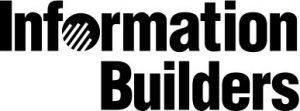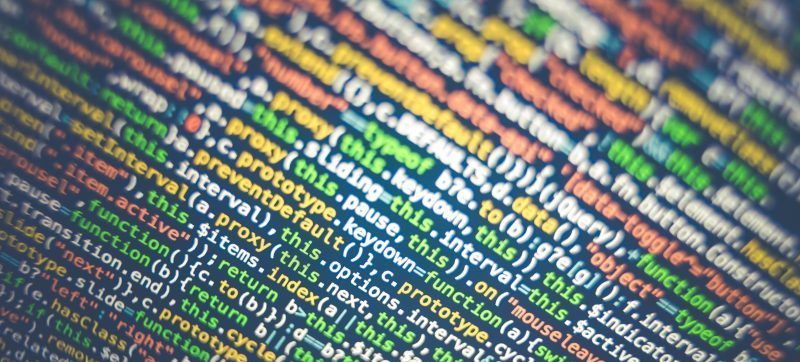The Internet of Things (IoT) may provide governments the path to sweeping improvements in driving value, efficiency and quality of life for citizens.
Governments taking their first steps on IoT, however, should realize that building the network of physical devices that can connect and exchange data is only one piece of the puzzle.
Predictive analytics analyze current and historical facts to forecast future outcomes, and the practice is a cornerstone of a fully-realized IoT strategy.
“Analytics puts the intelligence into the IoT platform,” Michael Corcoran, Information Builders’ Chief Marketing Officer, said during an Aug. 7 GovLoop online training. “IoT is a very, very promising technology for predictive analytics.”
Corcoran said that IoT is valuable as it collects data from multiple connected devices in real-time, ingesting it for predictive analytics that help governments make better decisions.
“It’s powerful to predict what might happen and make predictive decisions that are automated,” he said of IoT. “Ultimately, where we want to get with predictive technologies is not what might happen but what we’re going to do about it.”
Corcoran said that predictive analytics using IoT could have major benefits for federal, state and local governments. Potential windfalls exist in optimizing supply chains, managing vehicle fleets and logistics.
Joshua New, a Center for Data Innovation Senior Analyst, said that many government organizations are nonetheless struggling with making IoT work for them.
“The federal government does not have a strategic plan for how to deploy IoT across the agencies,” he said. “This lack of strategic vision hinders implementation of IoT at agencies.”
New said that a lack of strategic leadership, missing skills, inadequate procurement policies and hesitance to assume associated risks were keeping agencies from fully implementing IoT.
“Filling this category is a hard, hard problem to solve,” he added of government employees possessing the data and math skills for IoT. “This takes years of training.”
Corcoran said that constructing IoT architectures requires understanding the technologies, skills and security requirements involved.
“It’s very tough in an IoT implementation to expect that your IoT team is going to have all the expertise and devices to implement this,” he said. “There’s a little bit of growing pains finding people with those skills right now.”
New said that adopting more flexible procurement models has helped some agencies with IoT projects, while others had benefited from imitating the public sector’s successes.
“Agencies are really just starting to explore the potential of this technology,” he said. “The projects we’ve seen so far are focused on cost reduction or delivering new services.”
New cited the Navy’s use of connected buoys to help soldiers navigate unfamiliar terrain and the Defense Department’s (DoD) tracking of military supplies as examples of IoT in action.
Corcoran added that a useful IoT strategy includes knowing the devices, data, security needs and people involved.
“Everything starts with the devices,” he said. “It’s a lot of different technologies that need to come together. There’s a lot of decisions that need to be made about the security levels.”






This was really interesting and insightful, and I love how IoT helps with predictive analytics.